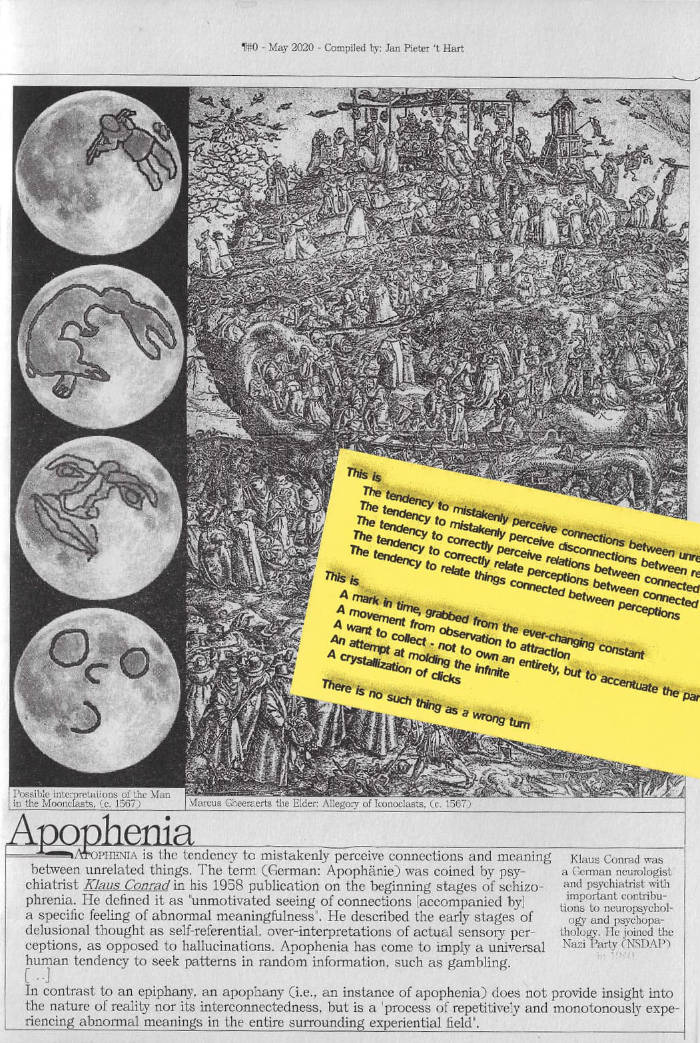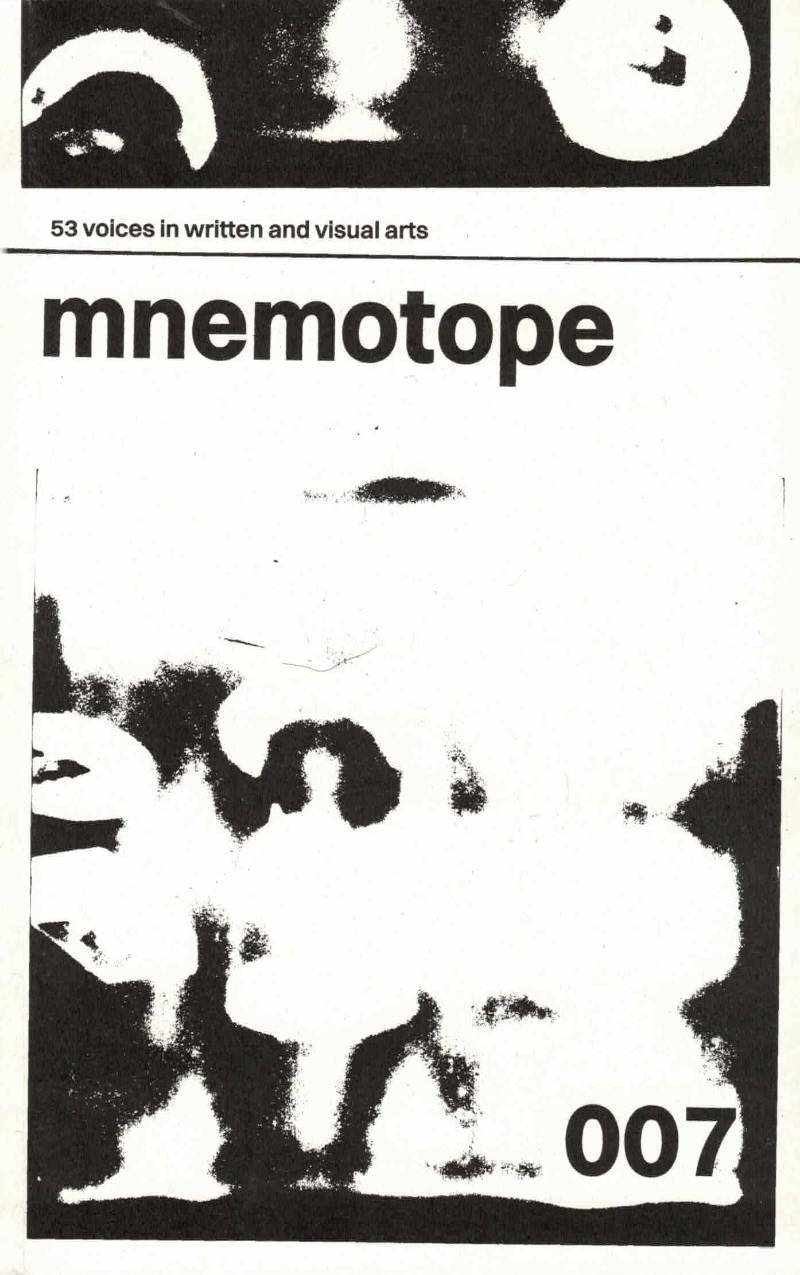
In Their Words: Discursive Origins of the Iranian Fadai
The People’s Fadai (literally, “self-sacrificers”) were a prominent Marxist-Leninist guerrilla organization in Iran. The Fadai emerged in the 1960s from a diffuse movement advocating for armed struggle, in response to the monarchic regime’s increasingly violent crackdowns against all forms of dissent. Many of these original guerrilla groups were dismantled by the secret police, known as the SAVAK, before they had the chance to launch any actual militant actions.
This zine examines a selection of texts influential to or produced by the Fadai. Gradually, their period of study produced original theoretical works that would inform the guerrilla resistance in Iran. Over the course of a decade and a half, these works culminated in the radical newspaper Kar, which is still in publication today. Despite decades of militant leftist publishing and revolutionary movement, Iranian communist thought remains removed from much of the wider Marxist canon.




